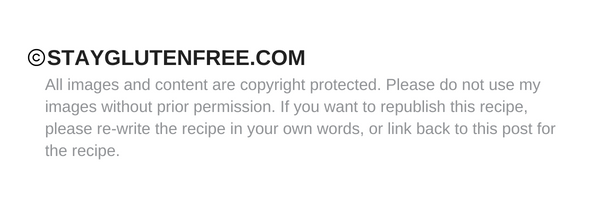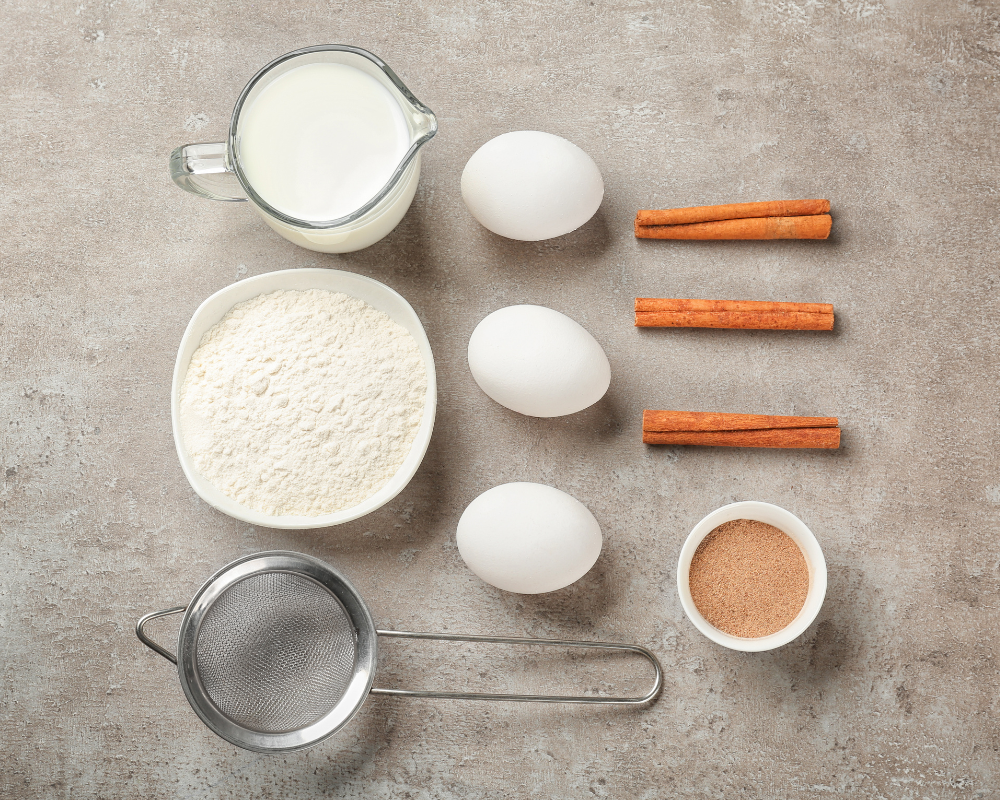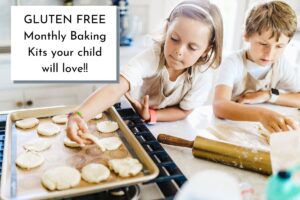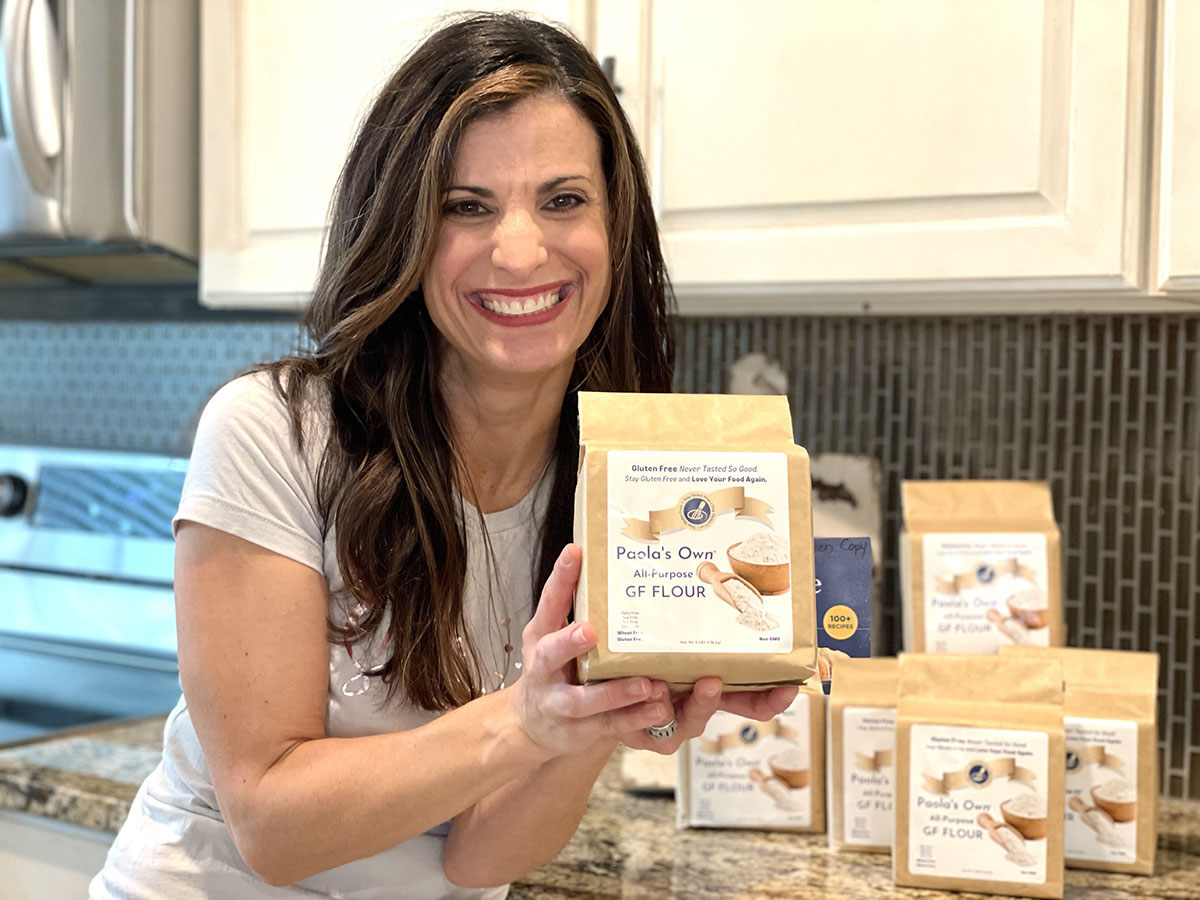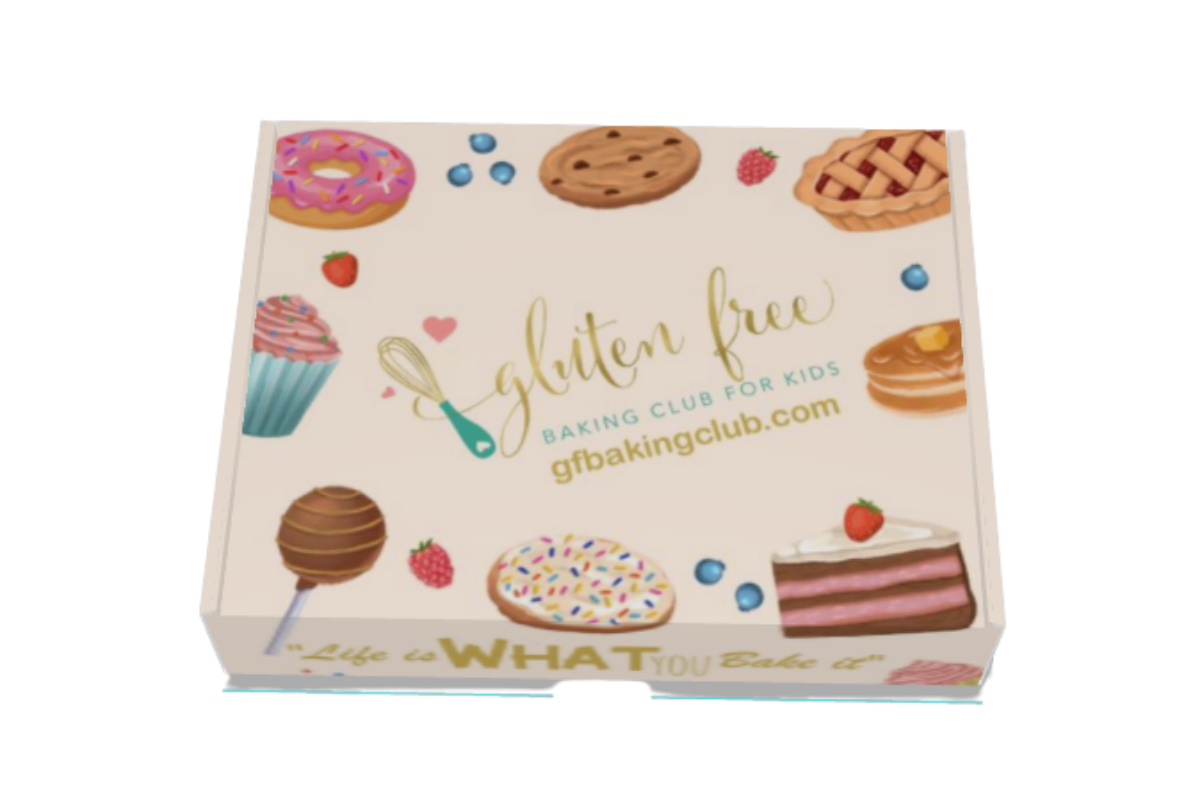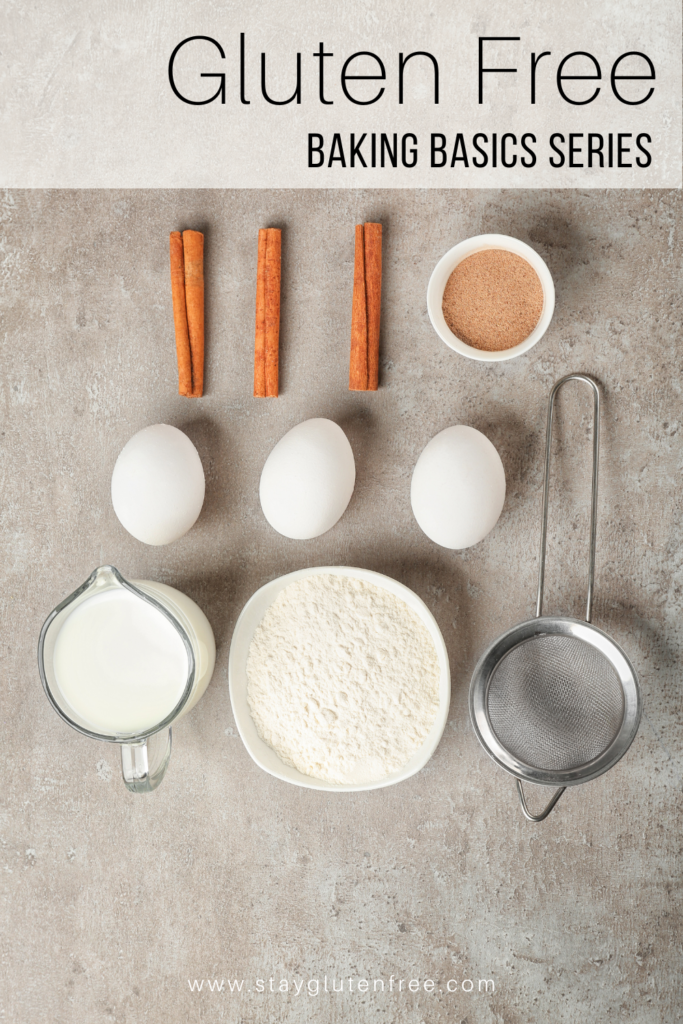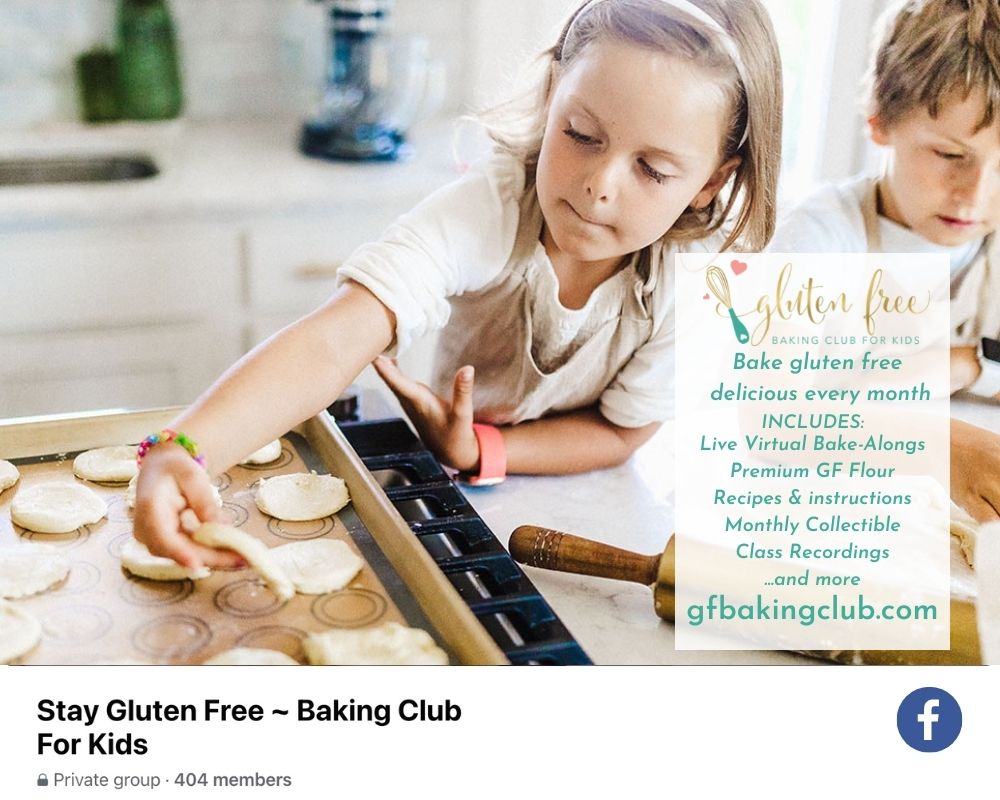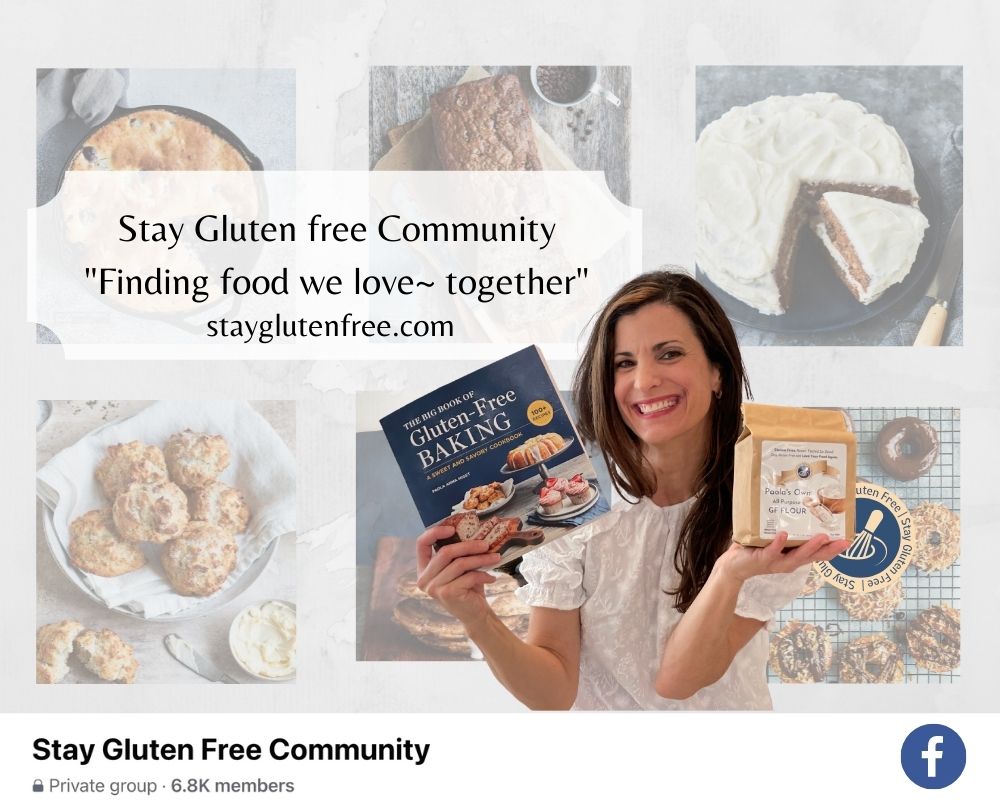What makes our baked goods rise? Let’s find out.
This process is called Leavening (the “ea” is pronounced as a short e sound)
Before we can talk about leavening, we have to briefly talk about the 3 forms of matter. In science, we learn that they are solid, liquid and gas.
The best example of all three I can give my junior bakers is water.
- When you freeze water it becomes a solid.
- When water is its natural form it is a liquid.
- Water that is heated evaporates into the air and becomes a gas.
Whew! So much Science, but stick with me.
Here’s what I want you to remember from this. When the temperature changes, so does matter. As we talk about making our baked goods rise, temperature (heat) plays a big part in it.
When heat is applied to ice it melts, when heat is applied to water it evaporates. That’s it, it’s that simple.
Leaveners are also called leavening agents and cause baked goods to rise. They provide tenderness and volume to our baked goods. They can sometimes also add a bit of flavor.
There are leavening gases and products we use to help the leavening process.
There are 3 leavening gases. They are:
- air
- steam
- carbon dioxide
There are 3 leavening agents (products we buy to help the leavening process). They are:
- baking powder
- baking soda
- yeast
Four things need to happen for baked goods to rise properly.
- Sufficient air bubbles must be added to raw batter and doughs.
- Gases must form to expand from the heat of the oven, enlarging the air bubbles.
- The cell walls of the baked goods must stretch from the pressure of expanding gases.
- The cell walls must then dry out and set. This defines the final volume and shape of the baked goods.
For my junior bakers, in school you will learn all about cell walls. For now, re-read, number 3 and 4 and imagine a cake in the oven.
When you put a cake pan full of batter in the oven, as it is exposed to heat, carbon dioxide (a gas) is produced and this is the beginning of the cell wall stretching. The volume also increases as the cake begins to rise. Pressure begins to build up and the cell wall breaks. This is when the rising stops and the cake begins to set.
When baked goods come out of the oven the remaining gases evaporate or contract back into their original volume. If your cake is baked thoroughly, it will keep it’s shape. If it is still “wet” in the center and is underbaked, your cake will shrink in size or collapse as the gases evaporate.
Ever wonder why your baked goods collapse when they are removed from the oven? This is why.
Ever wonder why we use a toothpick to insert in the center of our baked goods to check for doneness? This is why.
Leavening doesn’t only happen in the oven. It actually begins in the mixing bowl. When we “cream” butter, we are adding air into the butter. When we use our electric mixer to mix batter, we are adding air into the batter.
When we add too much air in the mixing bowl, this also contributes to the “collapse” of the baked goods when they come out of the oven as well. This is why you will see DO NOT OVER MIX in some recipes. Many people see a deflated cake and blame it on the recipe. The truth is, the technique is equally as important as the recipe.
Next time we will talk about leavening agents like baking powder, baking soda and yeast.
Do you see how it all comes together? Interesting right?
Stay tuned for more.
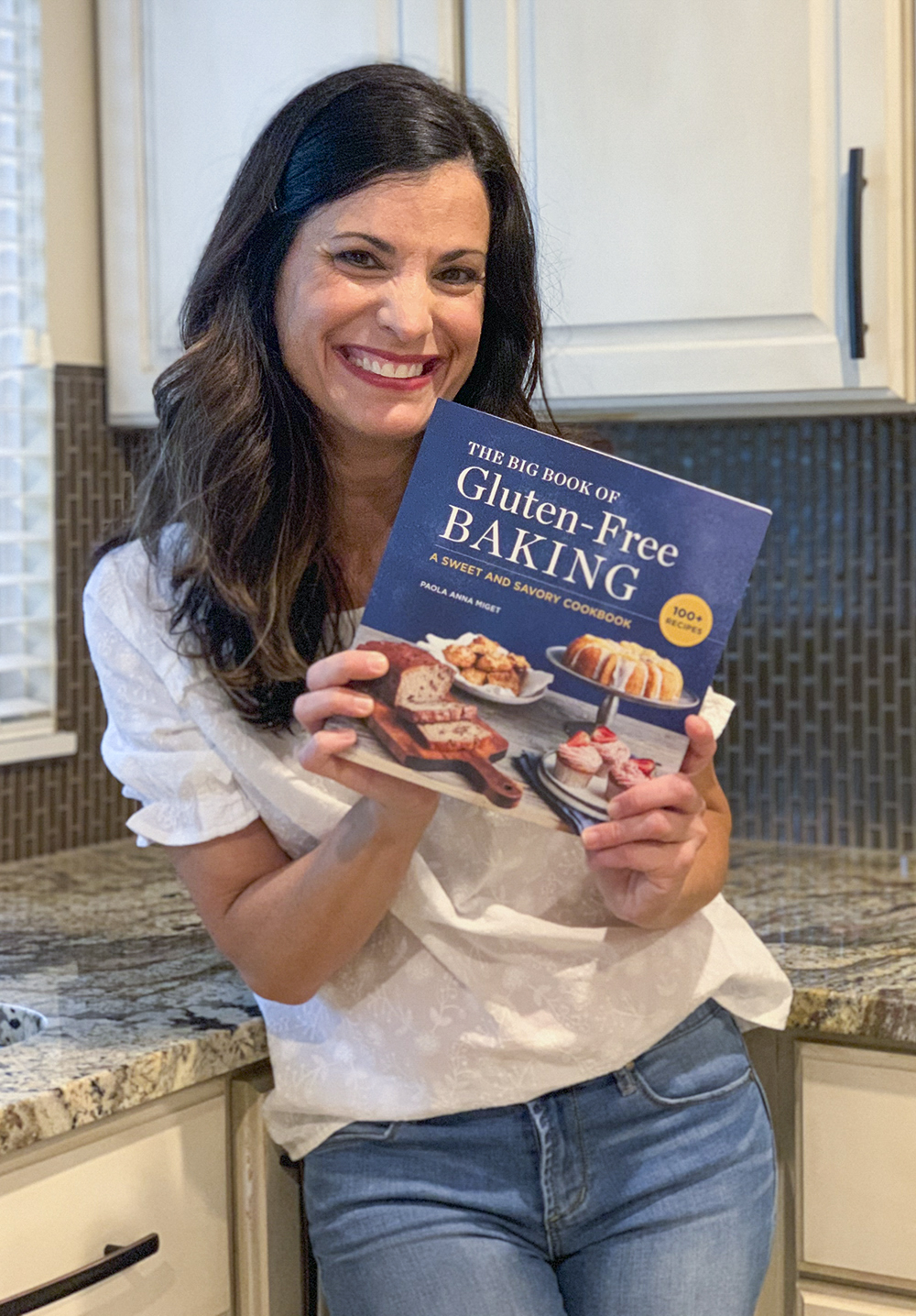
Paola Anna has helped thousands of people live a delicious gluten free life. Her gluten intolerance and her boys’ food allergies have inspired her to be an advocate for the gluten free community and create recipes that the whole family will love. You can sign up to receive new recipes and learn more about her GF Baking Club for Kids on her website stayglutenfree.com

